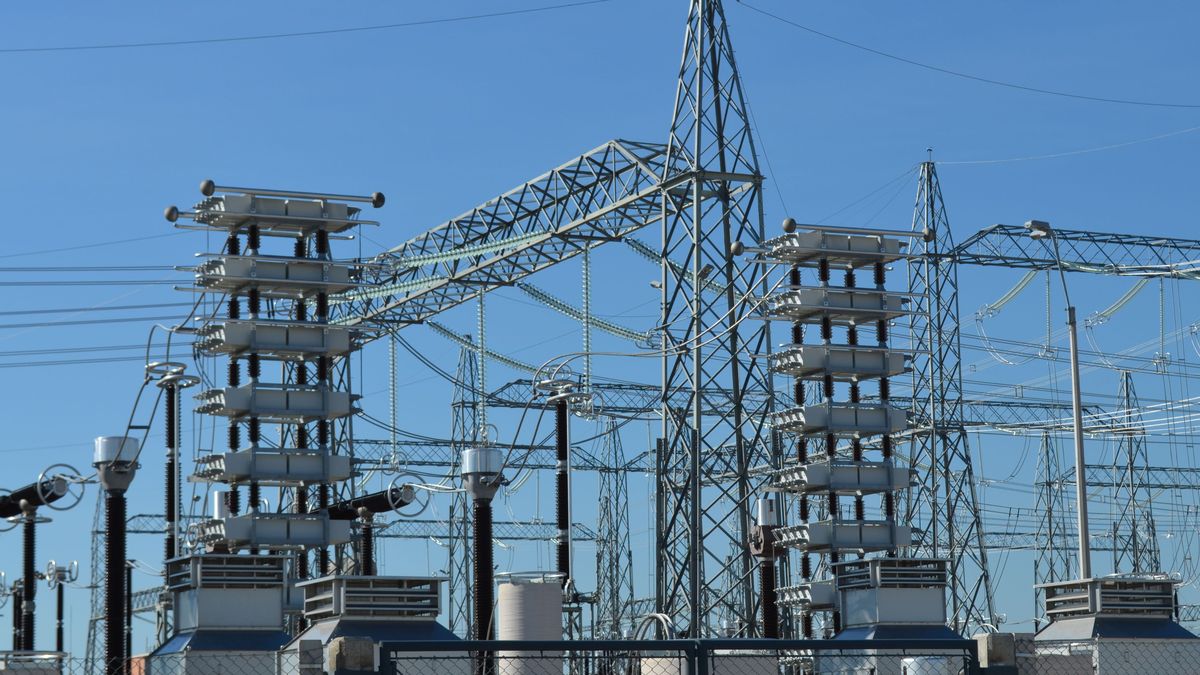The company’s budget provides for US$170 million, of which US$120,000 has already been used eight months before the end of the year.
The initial forecasts of National Administration of Electric Power Plants and Transmissions (UTE) for this year indicate that spending on the purchase of diesel would reach 170 million dollars by the end of the year. However, due to the drought, the public company already allocated 120 million dollarshe 70.5% of those resources in just four months.
The content you want to access is exclusive to subscribers.
Due to the water deficit, UTE had to make up for the deficiency in water supply electric power by water sources with extraordinary purchases of diesel from Ancap, for the generation of thermal energy (non-renewable).


Until the end of January, production hydraulics in Uruguay explained only the 22% of the total, well below the historical average of 45% of the national energy matrix, while the thermal was from 27% “In years of normal rains, 97% of our generation is renewable and 3% thermal, explained the president of UTE, Silvia Emaldiwhen these data were known.
Although in these months, meanwhile, there was a need to make more purchases of diesel, the data is still worrying. At this rate, the original projections would be shown before Julyalthough the water deficit is expected to take a breather in winter.
However, it is also a time of the year when there are peaks in energy consumption due to the cold, which is why the UTE recognizes that there is little margin for the rest of the year.
Despite overexecution, UTE did not generate losses
Although the original financial estimates are far from what actually occurred in these months, UTE’s operating result in the first quarter of the year no losseseven taking into account that the rates were updated below inflation and that much of the energy imported to Brazil.
To give you an idea, the 29% of the energy consumption of the Uruguay in March and also in April it was supplied from purchases from the neighboring country, according to data from the Electricity Market Administration (ADME).
Beyond the small margin, from UTE they affirm that imports will continue and trust that the performance of other renewable sources such as wind and the solar continue to contribute as they have done up to now: in the case of the first, it represented the 50.8% of the total generation in April, while the second, the 5.5%
Source: Ambito




